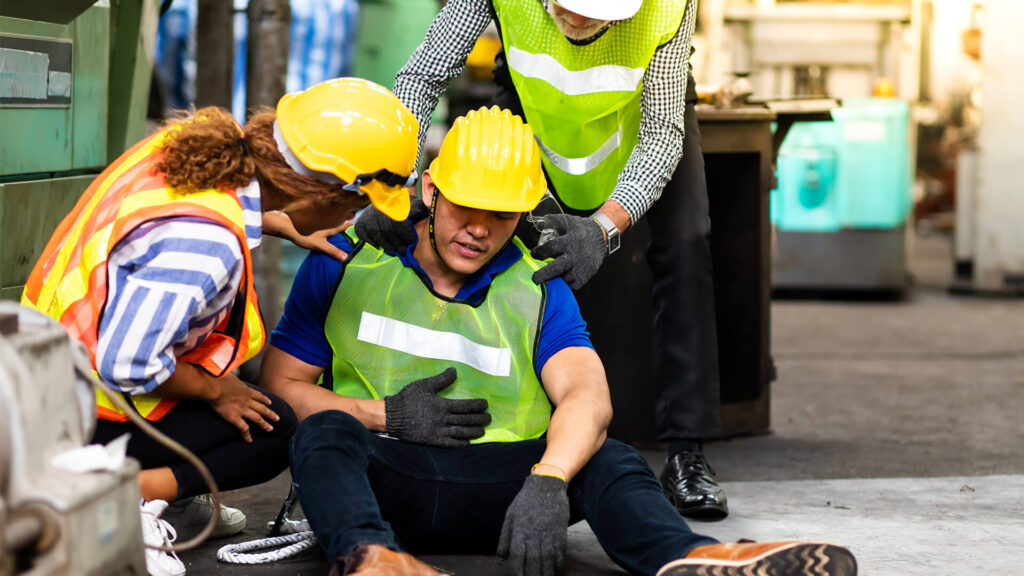
In today’s fast-paced work environment, it is crucial to prioritize employee safety and prevent work-related injuries. Understanding the causes behind these injuries is the first step in creating a safer workplace. This article will delve into the common causes of work-related injuries and highlight preventive measures to ensure a secure working environment. In the state of California, the California Work Injury Law Center is an excellent resource for employees seeking legal guidance in cases of work-related injuries.
Causes of Work-Related Injuries
- Slips, Trips, and Falls: These accidents are among the leading causes of work-related injuries. Wet floors, cluttered pathways, and uneven surfaces pose a significant risk. Regular maintenance, adequate signage, and employee awareness programs can help prevent such incidents.
- Overexertion and Repetitive Motion: Jobs that require excessive physical exertion or repetitive motions can lead to musculoskeletal injuries. Employers should provide proper training, ergonomic equipment, and regular breaks to prevent these injuries.
- Falling Objects: Workers in construction, manufacturing, and warehousing face the risk of being struck by falling objects. Employers should enforce the use of personal protective equipment, implement proper storage protocols, and conduct routine inspections to minimize this hazard.
- Machinery Accidents: Operating heavy machinery without proper training or safeguards can lead to severe injuries. Employers must prioritize thorough training, routine maintenance, and regular equipment inspections to prevent accidents.
Prevention of Work-Related Injuries
- Safety Training and Education: Employers should invest in comprehensive safety training programs to educate employees about potential hazards and best practices. Regular refresher courses can reinforce safety protocols and promote a safety-conscious culture.
- Adequate Safety Equipment: Providing employees with appropriate personal protective equipment, such as helmets, gloves, and safety harnesses, is essential in preventing injuries. Regular maintenance and replacements should be prioritized.
- Ergonomic Considerations: Employers must ensure that workstations and equipment are ergonomically designed to reduce strain on employees’ bodies. Adjustable chairs, standing desks, and proper lighting can contribute to a healthier work environment.
- Regular Inspections and Maintenance: Routine inspections of equipment, machinery, and premises can identify potential hazards before accidents occur. Prompt maintenance and repairs are necessary to keep the workplace safe and secure.
Conclusion
By understanding the causes of work-related injuries and implementing preventive measures, employers can significantly reduce the risk of accidents. The California Work Injury Center serves as a valuable resource for workers seeking legal guidance in the event of a work-related injury. Prioritizing employee safety not only protects individuals but also improves productivity and fosters a positive work culture. Remember, a safe workplace is a happy and productive workplace.
